A new approach to making fluorine chemicals could offer a safer and more sustainable alternative than existing methods by circumventing the need to manufacture and handle hazardous hydrogen fluoride. The process, developed by UK researchers, uses oxalic acid to obtain a range of fluorochemicals from the mineral fluorspar, which the team says is scalable and works under mild conditions in water at room temperature.
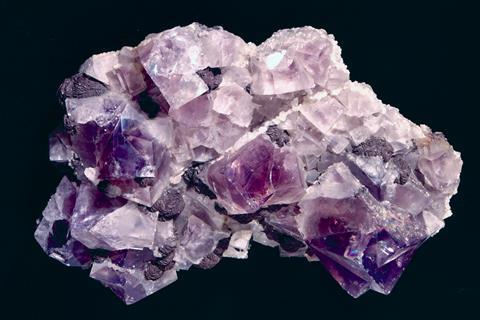
Fluorochemicals are traditionally derived from the mineral fluorspar, or calcium fluoride, and have wide-ranging applications, including refrigeration, electric vehicles, agrochemicals and pharmaceuticals. Currently, production of fluorine chemicals requires reacting fluorspar with concentrated sulfuric acid at high temperatures – above 200°C. This produces hydrogen fluoride, which is used as a feedstock to obtain a variety of fluorochemicals. However, hydrogen fluoride is highly toxic and corrosive, posing potentially deadly synthesis and handling risks.
Now, Véronique Gouverneur’s lab at the University of Oxford, UK, has developed a safer process to make several commercially important fluorochemicals from fluorspar without needing to make hydrogen fluoride or use large amounts of fossil fuel-derived sulfuric acid.
‘The synthesis of fluorochemicals from fluorspar with no reliance on the complex supply chain of hydrogen fluoride is one of the biggest challenges in fluorine chemistry,’ says co-author Anirban Mondal. ‘We have overcome this challenge with methods producing new and known fluorinating reagents.’
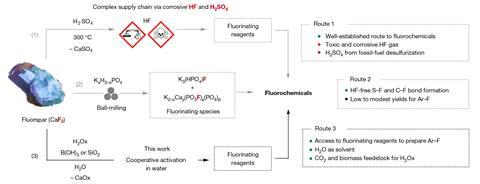
Setting out to find a mild alternative to activate fluorspar – to essentially remove the calcium content and access the fluorine – the team tested various acids, landing on a process that requires mixing three easy-to-handle solids: fluorspar, oxalic acid and either boric acid or silicon dioxide.
When the three solids were mixed in water at room temperature the oxalic acid reacted with fluorspar to produce calcium oxalate, an insoluble salt. Meanwhile, the boric acid or silicon dioxide formed strong boron–fluorine or silicon–fluorine bonds. The calcium oxalate was then removed easily by filtration, leaving behind an aqueous solution of either fluoroboric acid or hexafluorosilicic acid.
The team then demonstrated that these solutions could be converted using known fluorine chemistries to obtain widely used fluorochemicals, including tetrafluoroboric acid, alkali metal fluorides, tetraalkylammonium fluorides and fluoro(hetero)arenes. ‘This work demonstrates unequivocally that the supply chain of hydrogen fluoride is not necessary for the production of fluorochemicals accessible upon nucleophilic fluorination,’ says Mondal.

While also using less energy, the approach could also be more sustainable because oxalic acid can be made from carbon dioxide or biomass, whereas sulfuric acid required for the traditional approach is mostly derived from fossil fuel production. Mondal highlights that a challenge for commercialisation is the current cost of oxalic acid, compared with sulfuric acid, but he remains optimistic. ‘Our protocol based on oxalic acid aligns well with the current challenges facing the chemical industry including pathways to decarbonisation and defossilisation,’ he says.
‘We always think of hydrogen fluoride as the entry point to fluorine chemistry, whereas this work demonstrates that there is more that can be done with calcium fluoride than previously thought,’ says Alan Brisdon, a fluorine chemist at the University of Manchester, UK. ‘Interestingly, about 25 years ago I wrote an editorial for a fluorine technology in-house magazine that included speculation that “topics such as ‘activating’ calcium fluoride … will become more than just academic interest”.’
However, Brisdon points out that the scale of existing hydrogen fluoride production is huge and it is too early to say how this new approach might compete. ‘Its overall utility will depend on what other reagents or chemistry can be developed, but it is an important step,’ he adds.
References
I Klose et al, 2024, Nature, DOI: 10.1038/s41586-024-08125-1
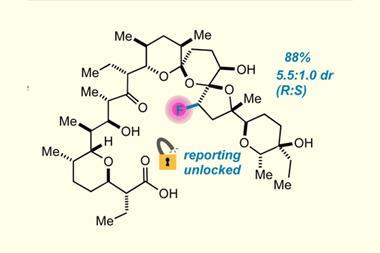


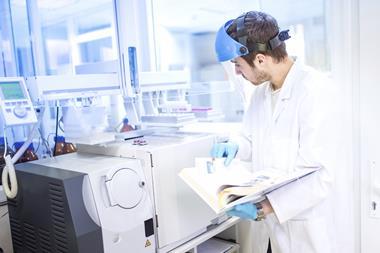
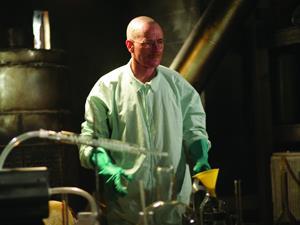


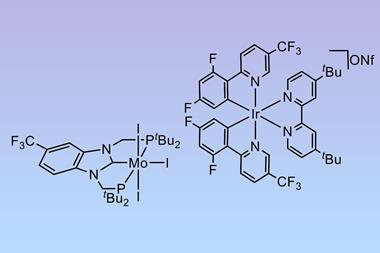



No comments yet